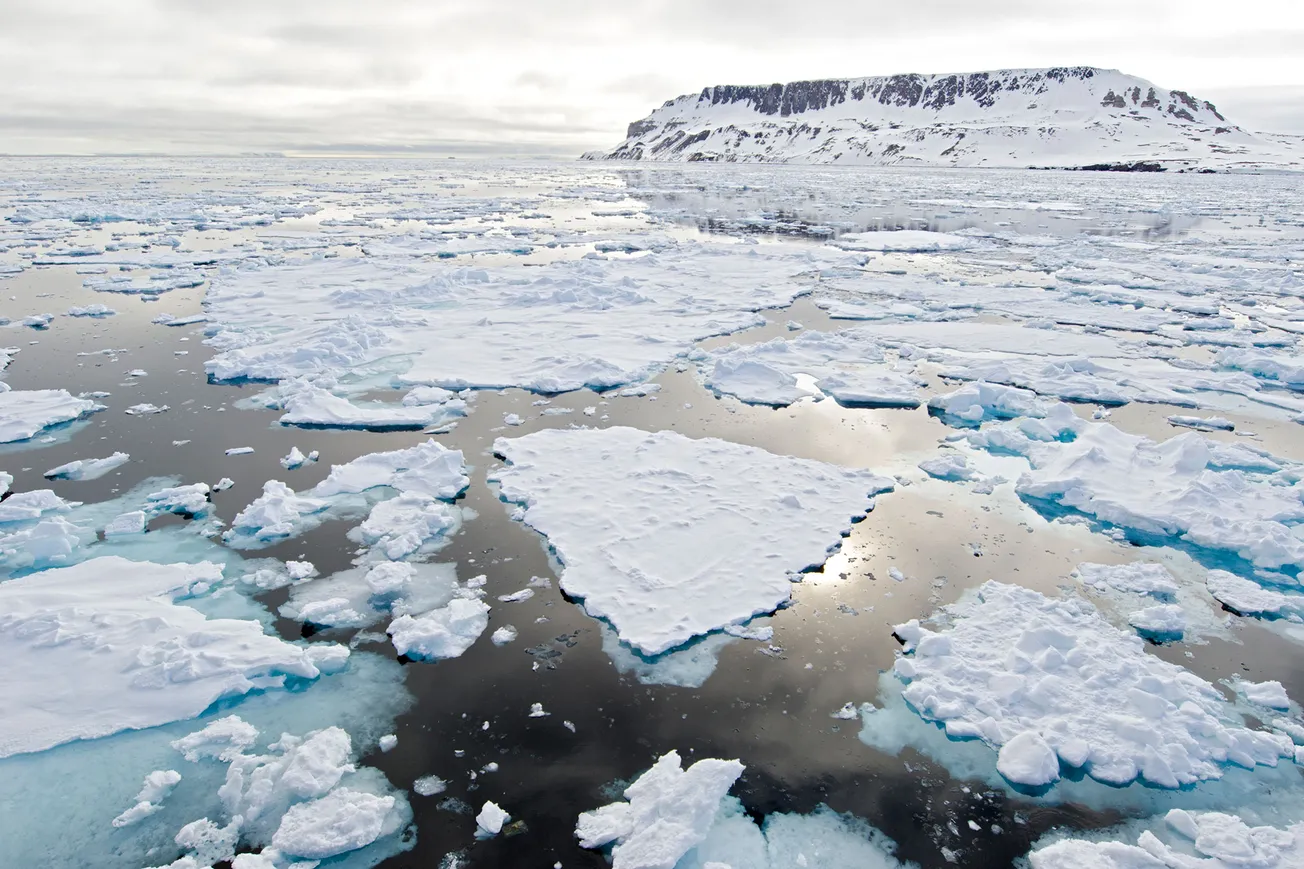Table of Contents
Remember when Australia’s dams ran dry and Perth became a ghost city? What about when Britain became snow-less in 2020? How about when most species disappeared in 1995?
What, none of those dire predictions of climate doom came true? Eh, can’t get everything right.
But one prediction that the climate cultists were adamant about was the ice-free Arctic. That happened in 2014, just as predicted.
Oh, wait…
Still, the Arctic has surely never been so hot as it is now, right? Cos, y’know, human-caused catastrophic global warming ’n’ stuff.
You know where this is going…
Hundreds of temperature reconstructions show that the northern hemisphere was much warmer over much of the past 10,000 years (Holocene) than it is today.
And that includes the Arctic.
One recent study: Arctic glaciers and ice caps through the Holocene: a circumpolar synthesis of lake-based reconstructions by Laura J Larocca and Yarrow Axford, published in the journal Climate of the Past, examined the Arctic ice cap and glaciers over a large part of the Arctic:
Using a comprehensive sampling of sediment cores extracted from 66 lakes and seas, the scientists reconstructed the melting and expansion of the Arctic ice over the past 12,000 years.
What they found was that the Arctic was far warmer 6000 years ago than it is today.
Watts Up With That?
Watts Up With That?
Now, as I rightly caution: When an article claims, “science says” or “new study shows”, assume that it doesn’t until proven otherwise. So, I went and looked up the study for myself.
Our review finds that in the first half of the Holocene, most of the Arctic’s small [glaciers and ice caps (GICs)] became significantly reduced or melted away completely in response to summer temperatures that, on average, were only moderately warmer than today.
Note the last part: the climate cult being what it is, the authors can’t bring themselves to come straight out and say, ‘Yes, it was warmer and the Arctic mostly melted away, long before humans started emitting CO.’
That’d bust the whole ‘catastrophic, human-caused global warming’ narrative.
But their own data clearly does just that.
The full Arctic compilation suggests that the majority (50 per cent or more) of studied GICs were smaller than present or absent by ~10 ka. We find the highest percentage (>90%) of Arctic GICs smaller than present or absent in the middle Holocene at ~7-6 ka, probably reflecting more spatially ubiquitous and consistent summer warmth during this period than in the early Holocene […]
Our compilation of lake-based records shows strong coherence across the Arctic at a broad scale and suggests that summer air temperatures were likely warmer than present (as inferred from GICs smaller than present or absent) across the majority of the Arctic in the early Holocene from at least ~10 ka and that most places were warmer than present by at least ~8 ka.
So, Arctic glaciers and ice caps were smaller or completely absent 10,000 years. This peaked 7,000-6,000 years ago, when more than 90 per cent of Arctic glaciers and ice caps shrank or vanished entirely.
There was also a whole lotta warming goin’ on.
We find evidence for the onset of warmer-than-present summers across most of the Arctic in the early Holocene […] the mid-Holocene was a more spatially consistent period of warmer-than-present summers across the Arctic as a whole.
Climate of the Past
Climate of the Past
As we saw before, the authors hem and haw and try to protect the narrative by claiming that the temperatures “were only moderately warmer than today”. Really?

Their own graphs indicate that temperatures were as much as 5°C higher than today (note that the graph purports to show a much higher – nearly double – anomaly for the present than data records, by fudging future projections onto current observations). That’s higher than even the IPCC’s “worst case” projection of 4°C for “human-caused global warming”.
The inescapable conclusions from this study are:
- Even with the mild warming of today, the Arctic is unlikely to become “ice-free” any time in the next century or so; and,
- The mild warming of today is well within the natural variation of the Holocene.
Another climate cult myth busted.









